By day 19 of our American Road trip we’d visited seven states, marveled at the beauty of Deer Valley, and the breathtaking wonders of The Grand Tetons, Yellowstone, Montana, Glacier, (well almost!), The Columbia River Gorge and the Willamette Valley. We’d stood on the precipice of canyons which tumbled thousands of feet below us and mountains that soared into the clouds, we’d watched the earth beside us hiss and explode and gazed in awe the majesty of nature. We’d floated and fished one of the most renowned flying fishing rivers in North America, discovered the fascinating history of what was once one of the richest cities in the U.S.A. and delved down into the bowels of the earth to understand from where that wealth was derived. We’d drank wine from premiere vineyards, visited airplanes in the middle of the vines and done all of this in our small, but powerful, two-seater classic piece of German engineering.

We had one more place to visit and a final night stop left before our incredible journey was over.
We left McMinnville and south of Eugene climbed up through the forests of Oregon. We even stumbled upon a pub for lunch, which must have known we were coming, serving drinks from British dimple glasses.
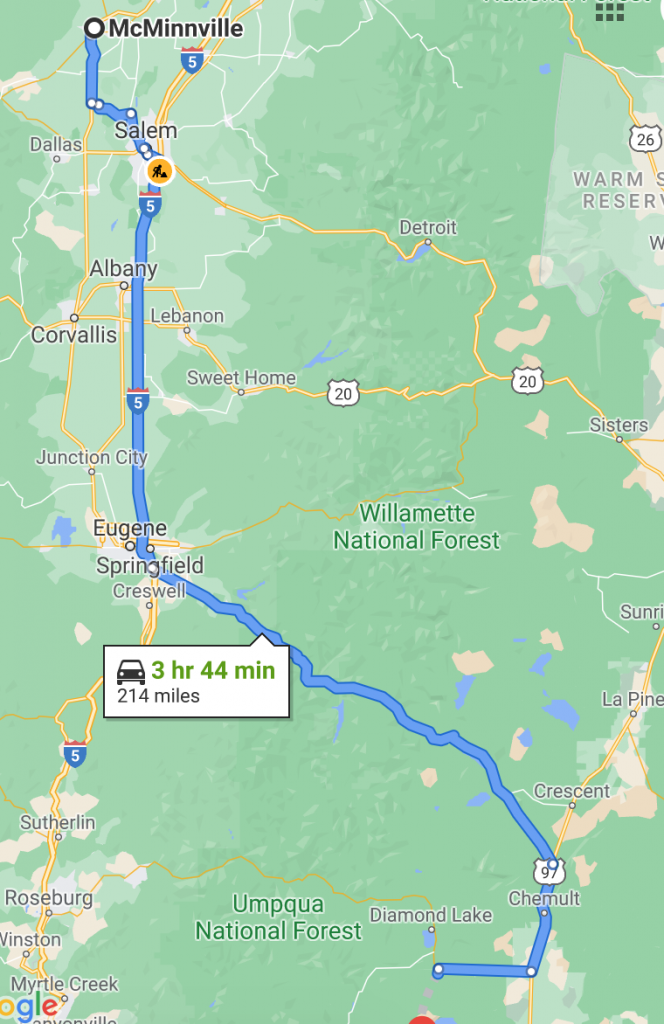
We were on route to the final destination on our list, after the places we’d already visited it seemed unlikely that we could be impressed any further.
The skies were draped in a cloak of cornflower blue and good fortune was traveling with us, the northern entrance, (the direction we were approaching from), to the last national park we were visiting had just opened, that day.
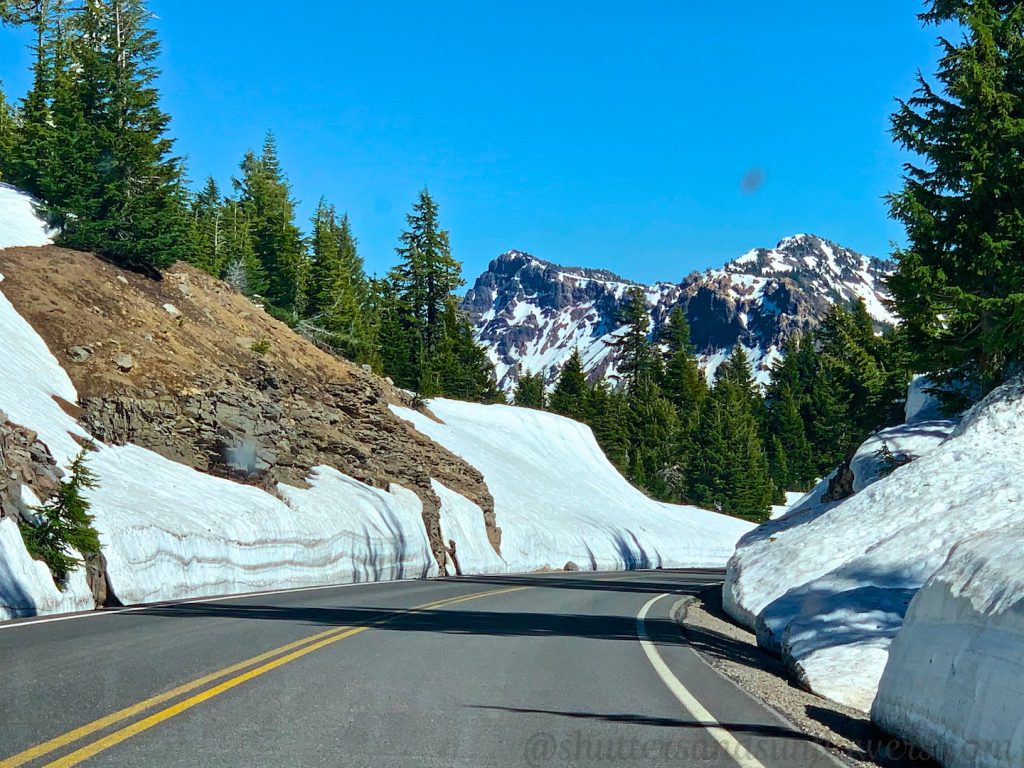
We wound our way through the snow banked roads which became deeper the higher we climbed, explaining why some of the routes through the park were still closed. We followed the signs into the car park and left the car surrounded by mountain scenery. Beautiful? Yes, but jaw dropping? No, and beside us was this huge, rather desolate bank of rock where a few people were standing with their backs to us seemingly transfixed by whatever it was they could see from the top. So up we scrambled……..
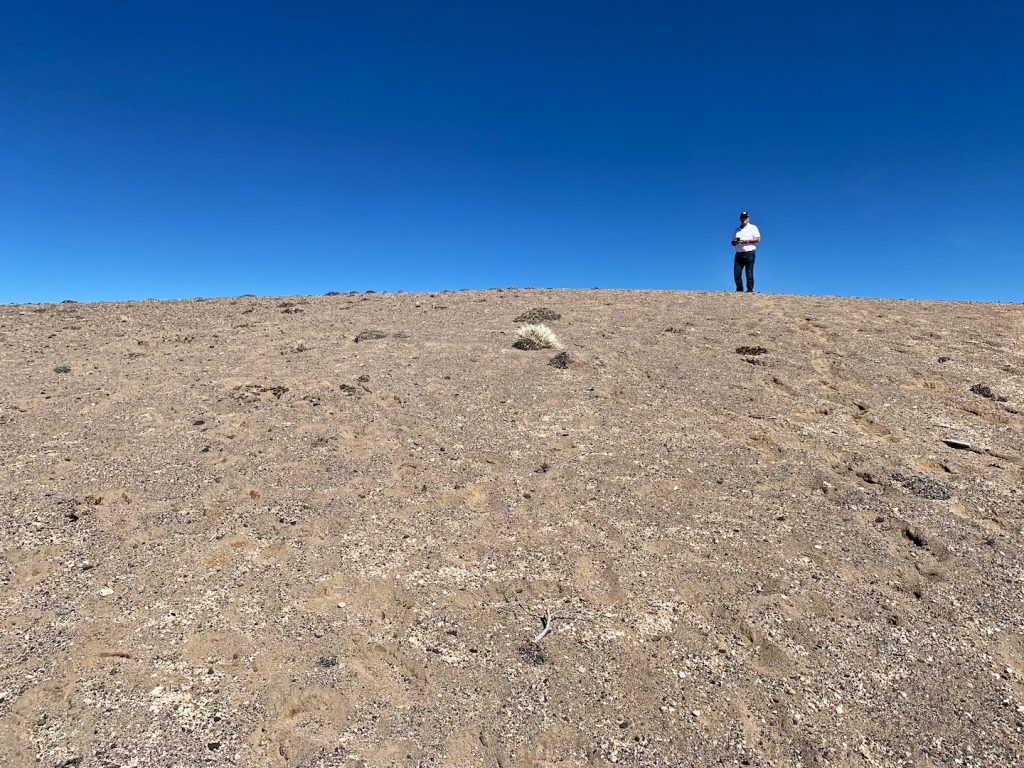
And there it was…………………. Crater Lake
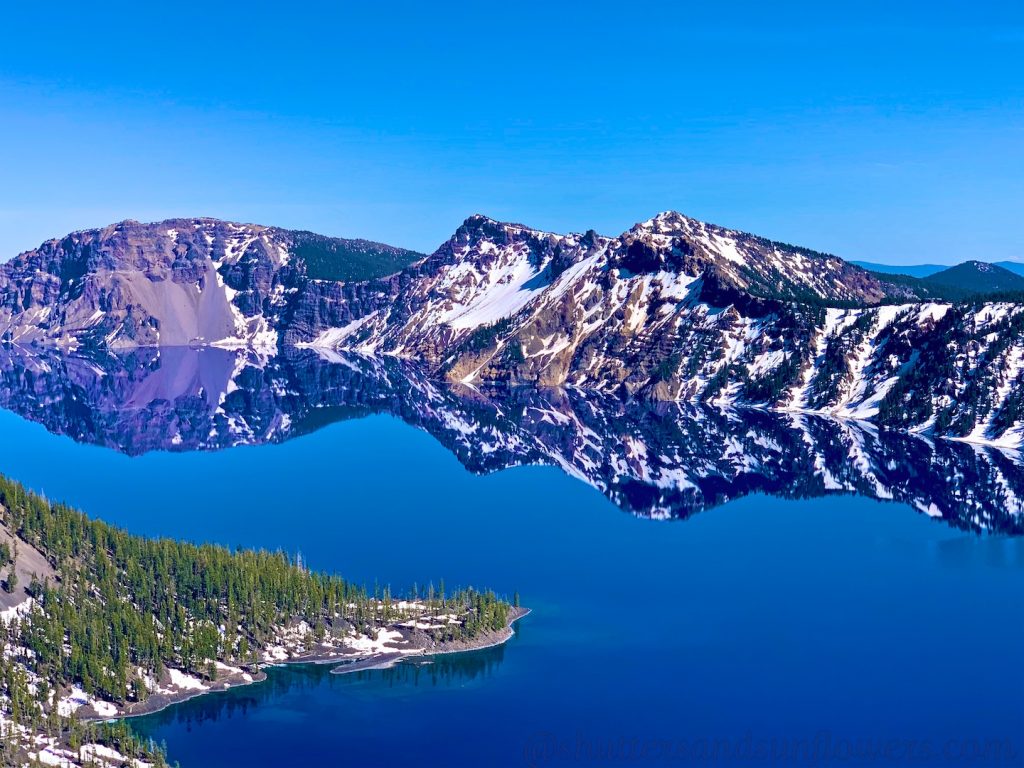
Impressive? Breathtaking? Stunning? Unbelievable? Unexpected? Of course we’d seen photos, yes we had thought it would be one of these adjectives but it was all of them and more, absolutely sensational, yet another miracle of nature.
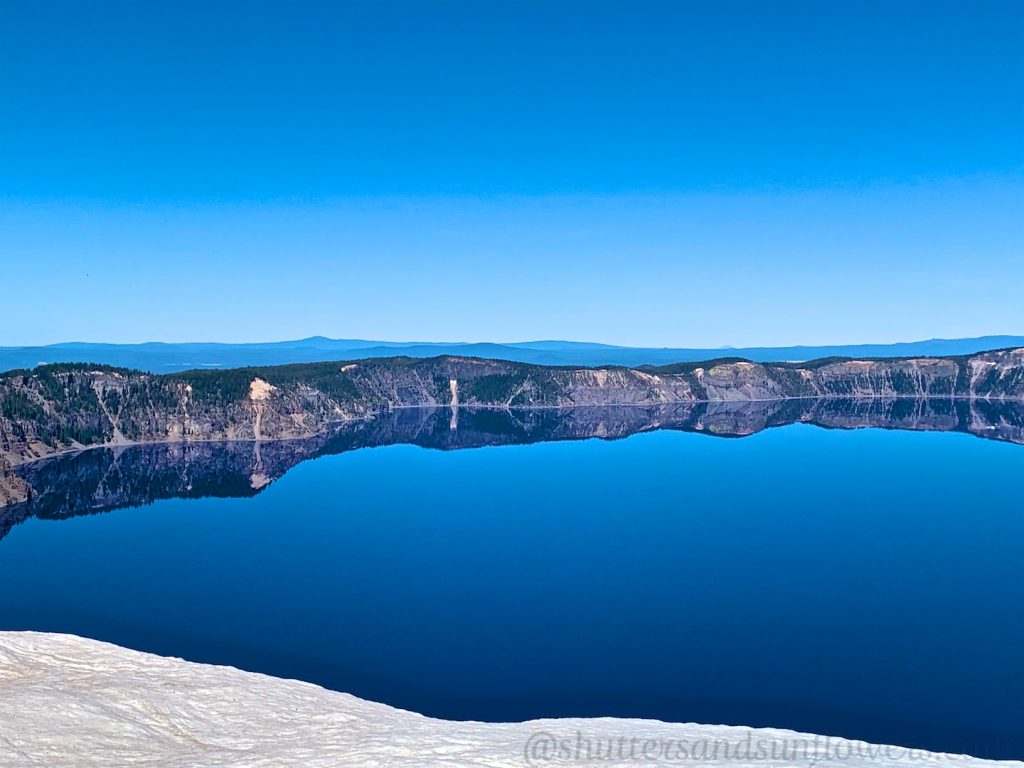
I took lots and lots of photos and transfixed, I didn’t want to leave but more vistas were waiting further round the lake.
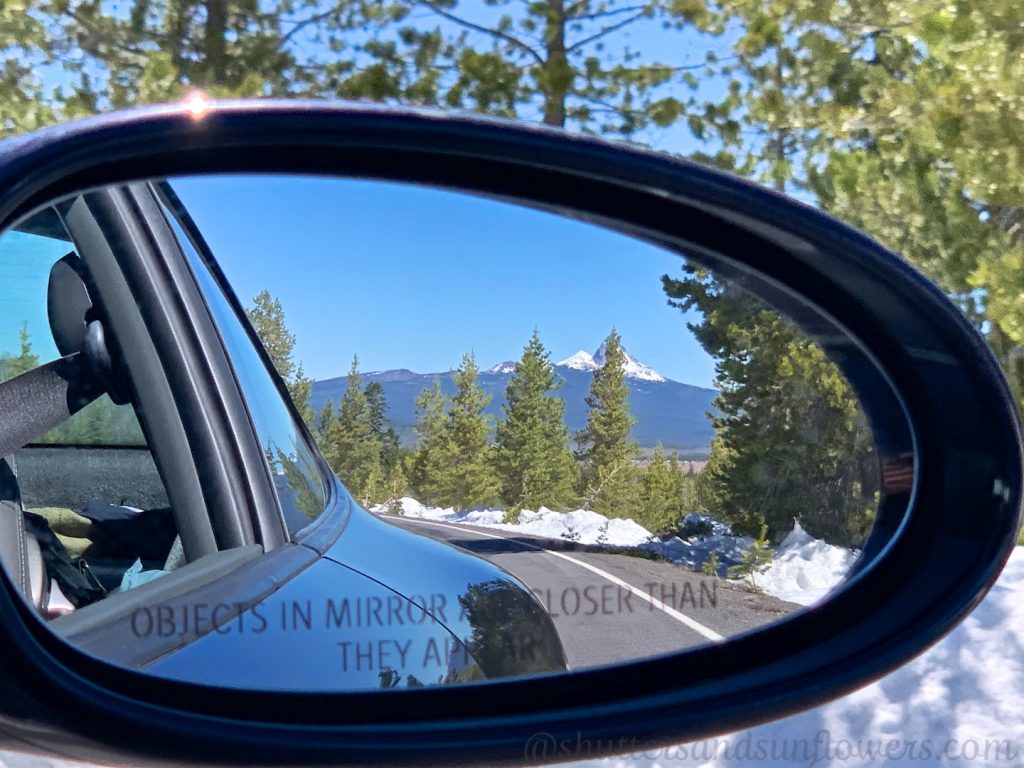
Crater Lake ~ a volcano within a volcano
So how did this lake get here? Like many of the other natural phenomena we’d visited, Crater Lake owes its existence to extensive volcanic activity. 7700 years ago a massive eruption of what was Mt Mazama created an enormous, deep basin. Smaller eruptions over the following three to four hundred years sealed the basin’s floor which eventually became filled with rain and snow melt to create Crater Lake.
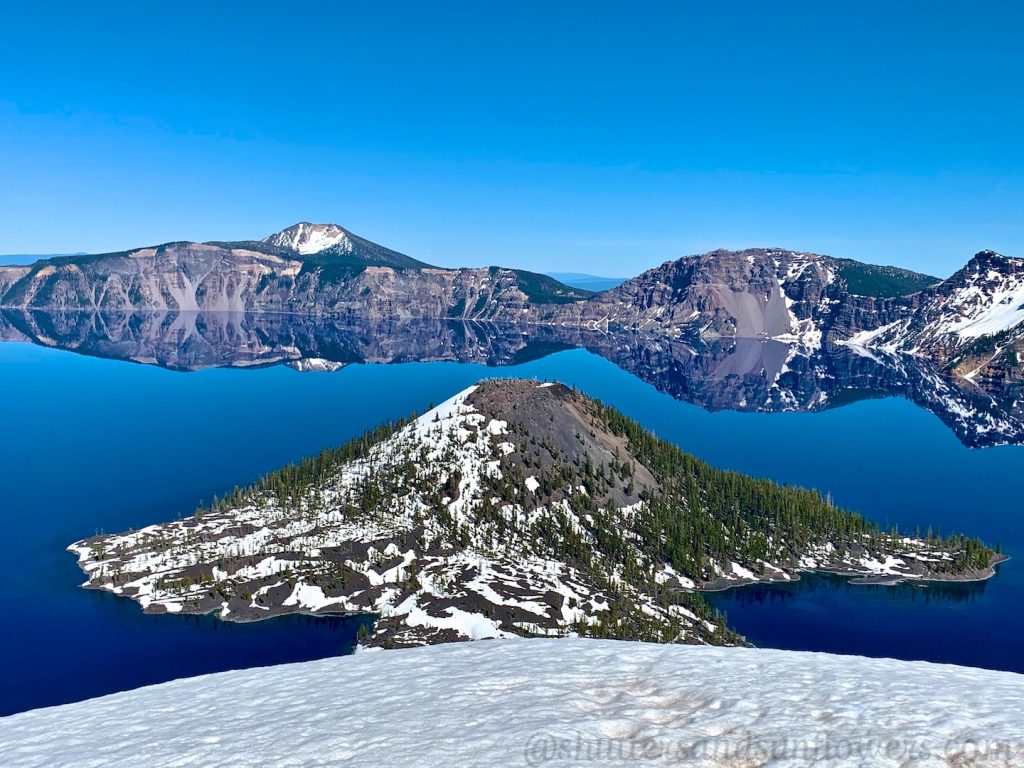
Discovery
Native Americans were the first to view the breaking beauty of Crater Lake. During the 1880’s it was discovered and rediscovered several times until, in 1869, an exploring party named it Crater Lake.
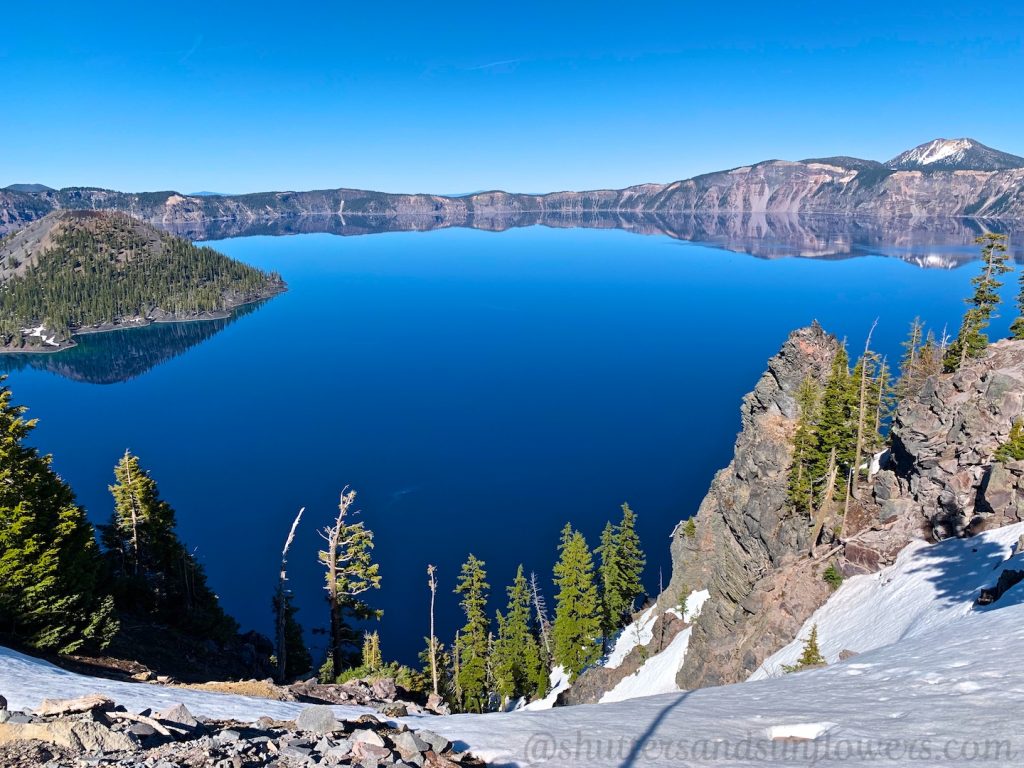
We were able to drive most of the rim. Here we were looking back at the ridge we’d climbed up for our first views.

It’s almost impossible for the camera lens not to capture the lake’s wonder, it’s everywhere you look.
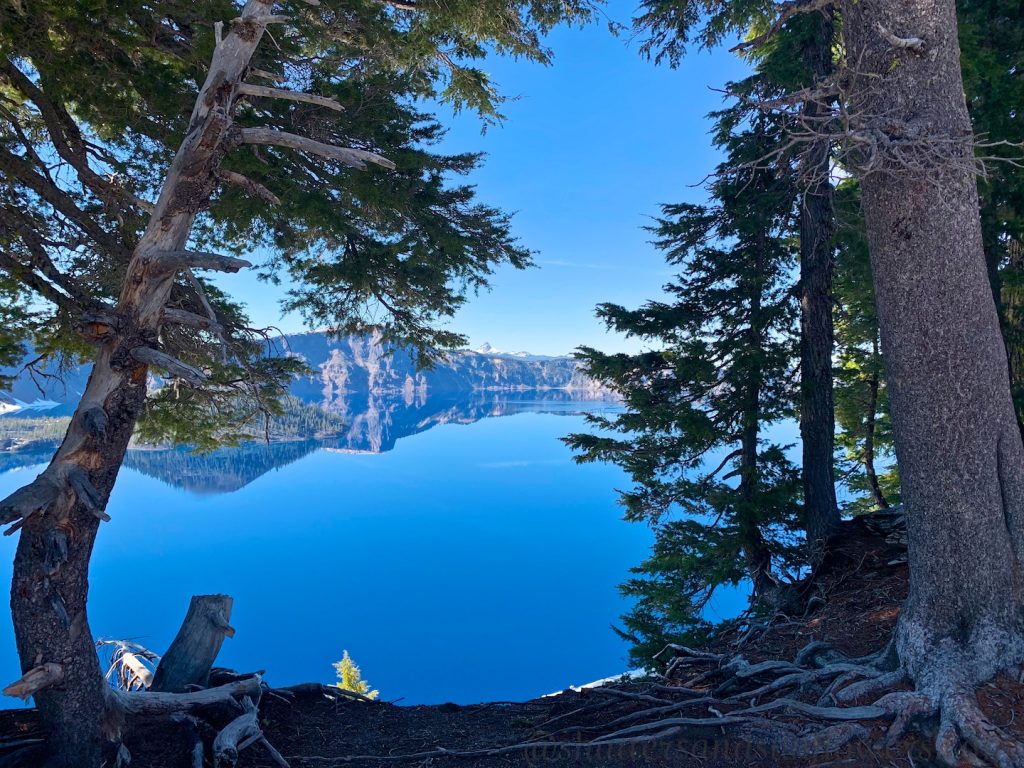
Crater Lake, the sparkling jewel of Oregon, should not to be missed if you’re in this part of the world. We finally tore ourselves away making our way back down through the forest. But, on the south side of the park, memorized yet again, we had to stop.
A Valley of fossilized steam
I read from the information boards how a specific series of events had allowed nature to sculpt the rocky spires of this valley. During the cataclysmic eruptions of Mt Mazama, a glowing avalanche of gas-rich pumice flowed down its slopes.
As steam escaped to the surface of the flow, through the naturally created vents, tremendous heat and minerals from this steam welded itself to the sides of the vents. Over thousands of years erosion carved away the softer ash and pumice to expose these mysterious formations.
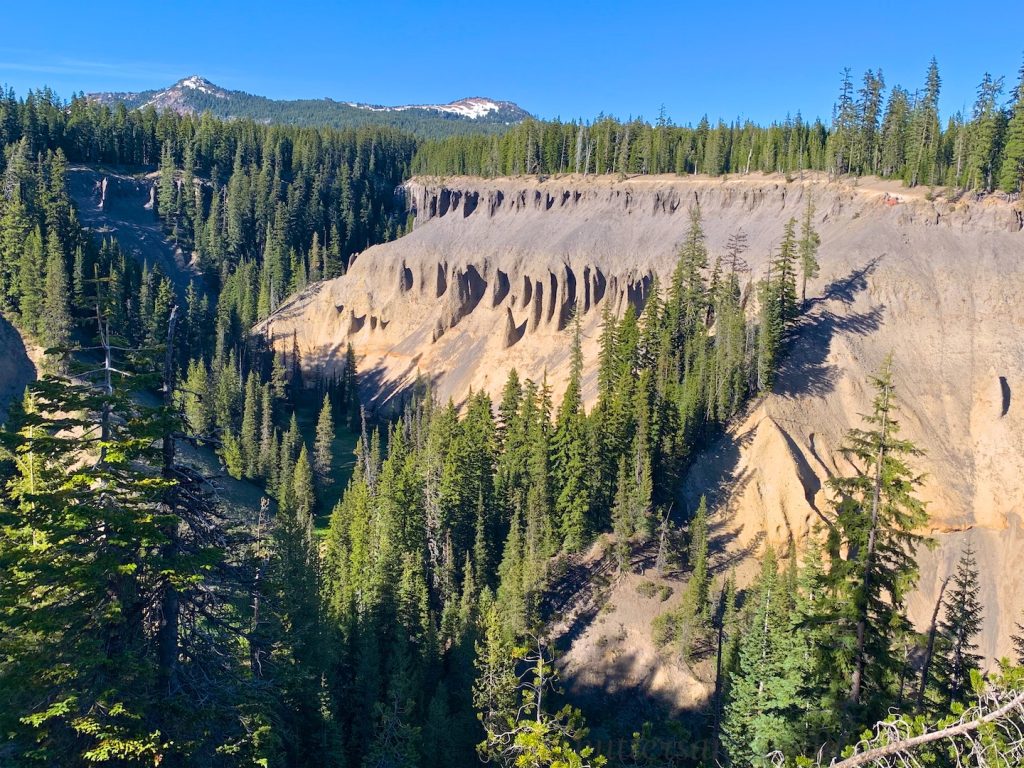
It was just over an hour to our last night stop of the journey, Klamath Falls. Just before we arrived the car clocked 3000 miles, yes, for this trip.
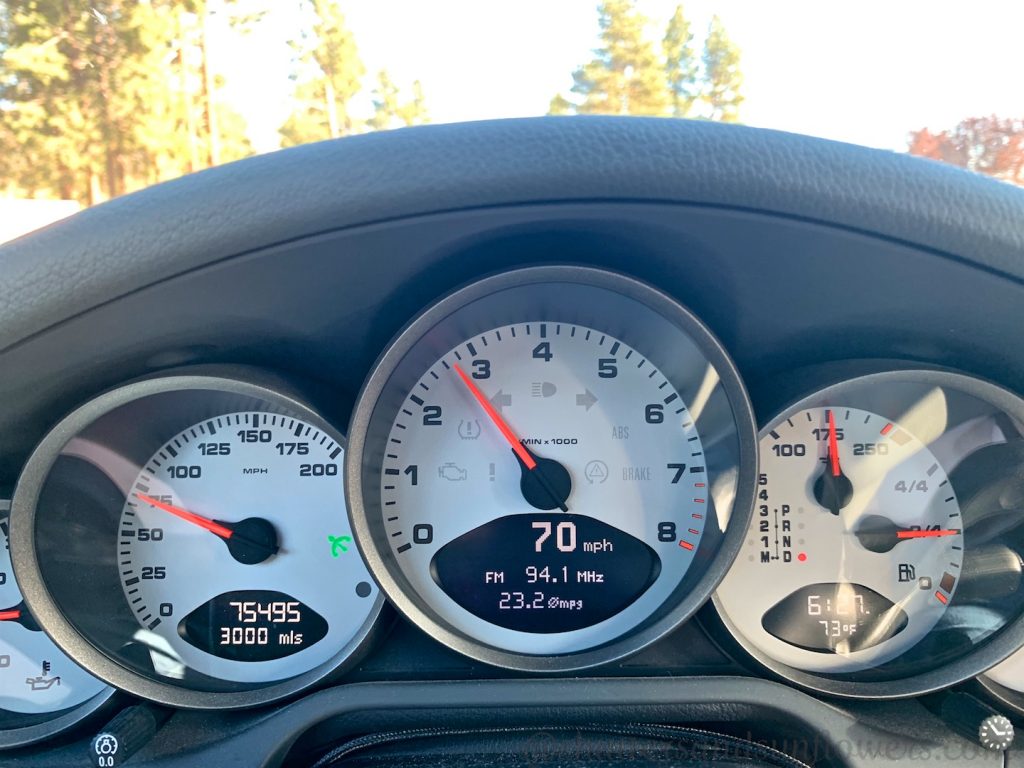
The next morning we had just over 250 miles left to travel.

Through forests,
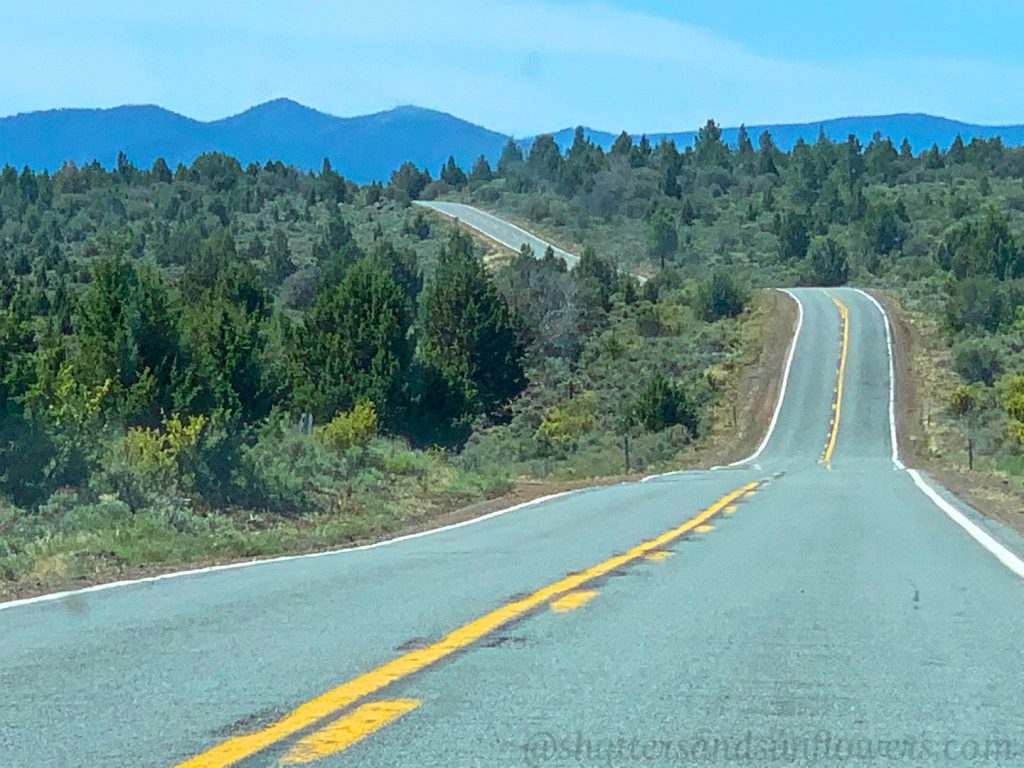
controlled fires,
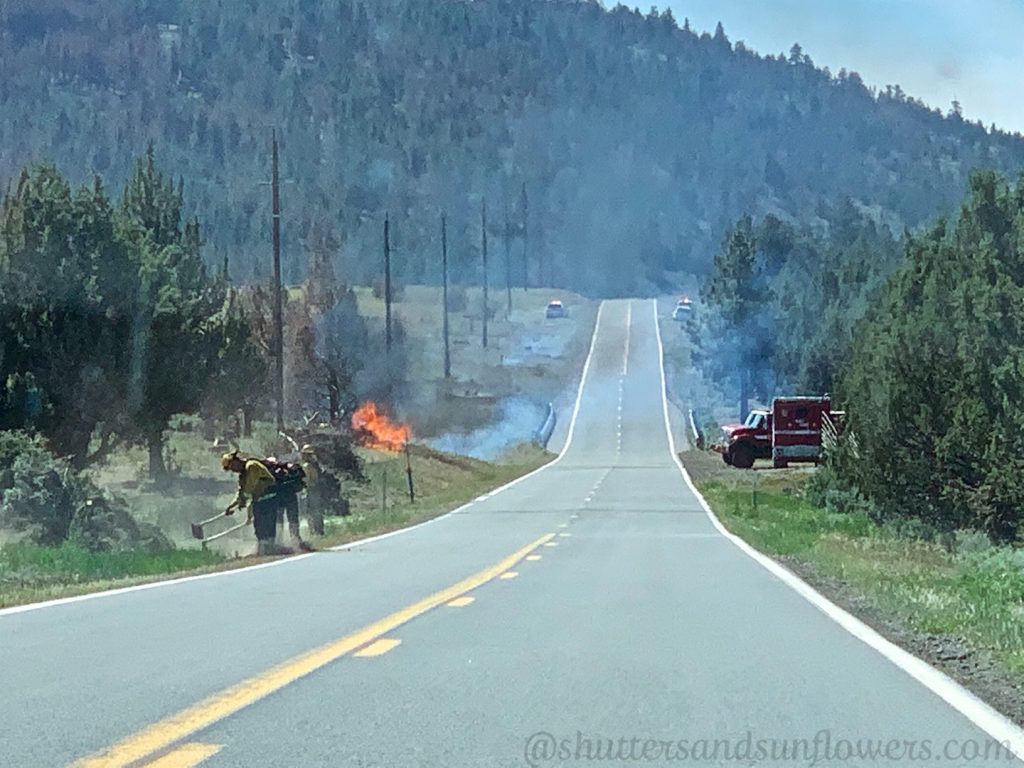
by lakes,
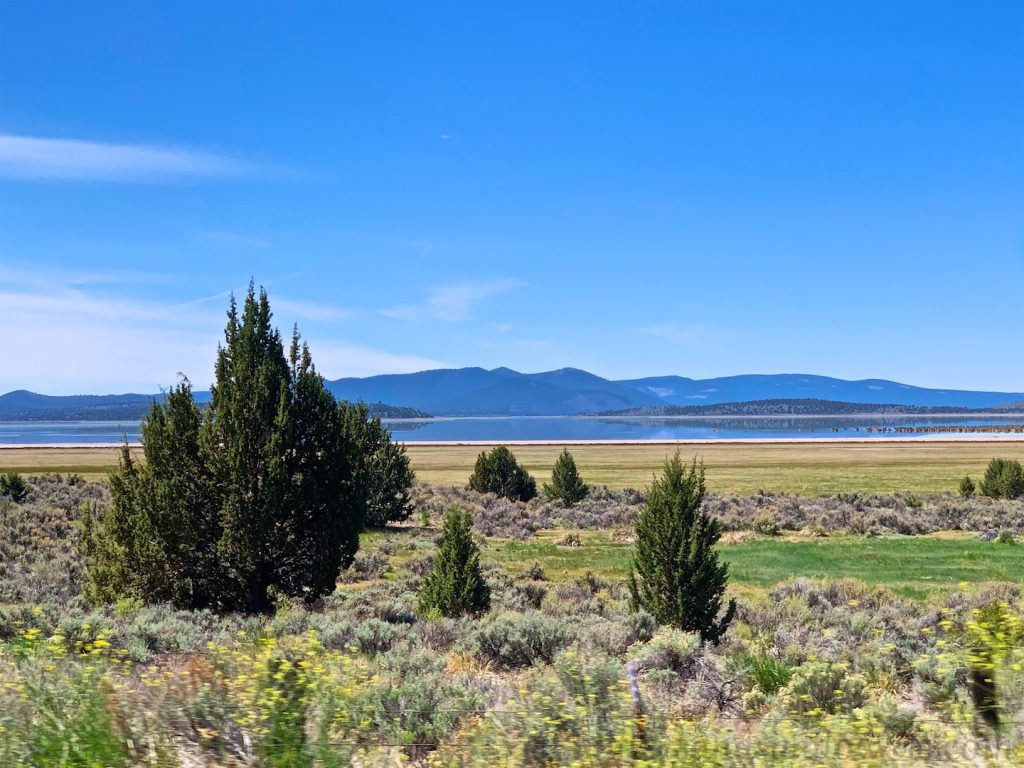
and mountains.
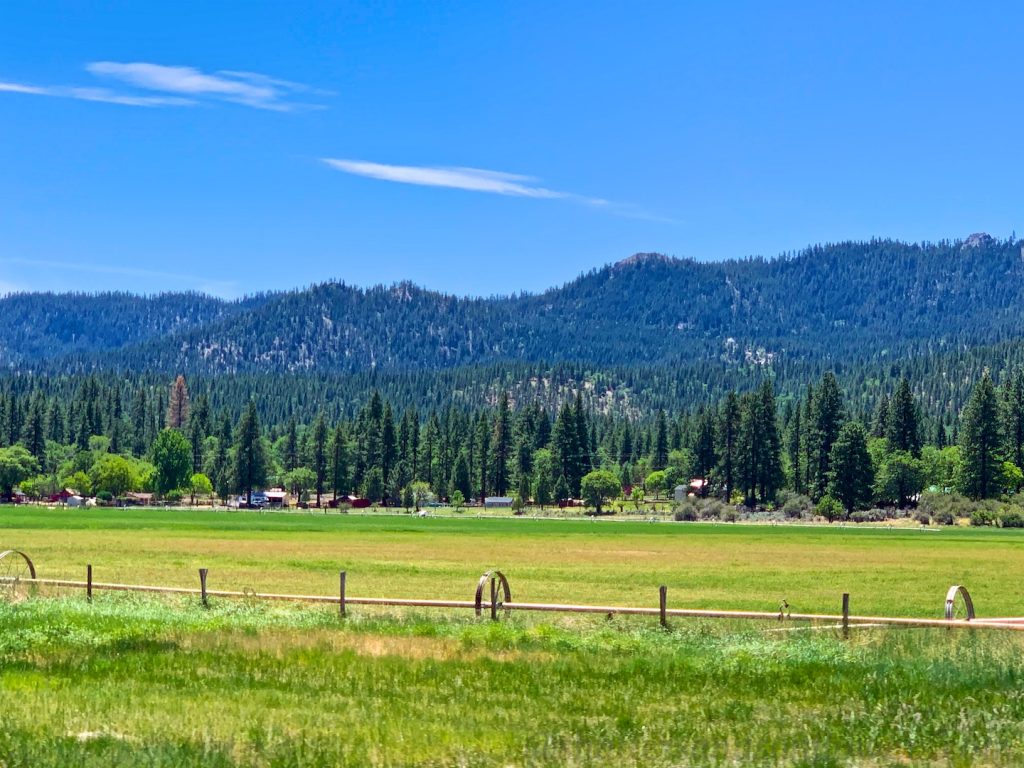
Until we were back in the high desert of Nevada.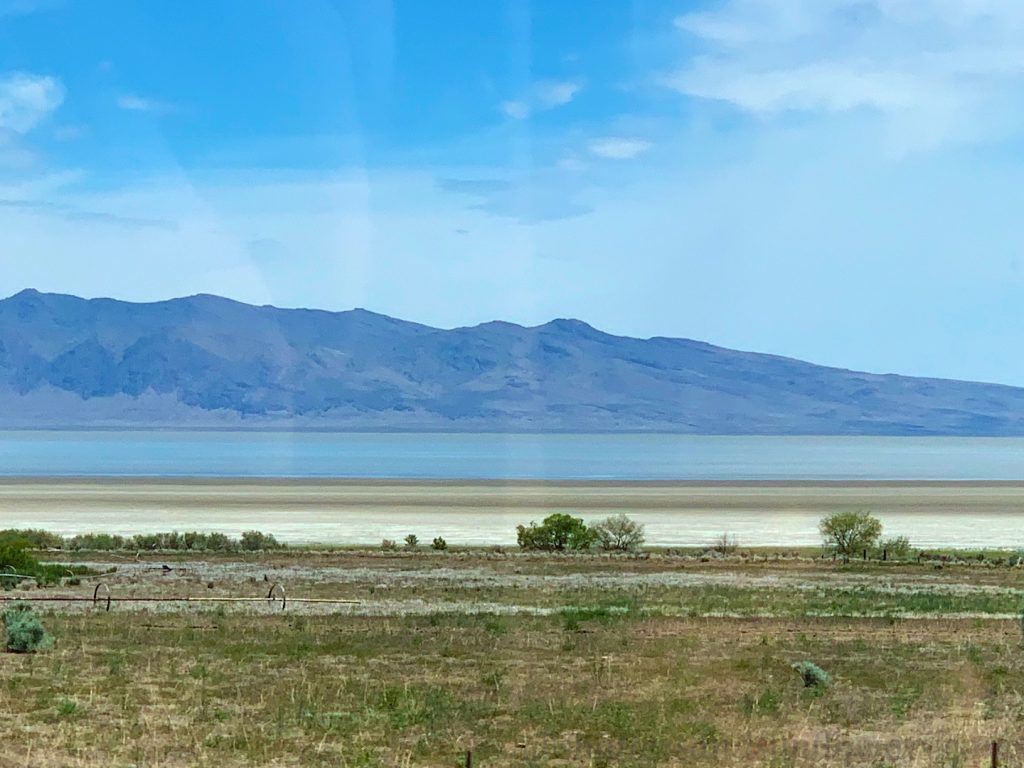
A trip of a life time. And of course we’ve been asked, where was our favorite, unmissable place? Our answer, everyone in their life time should visit Yellowstone, but we hope you can visit it all and would be happy to help you with your planning.
‘America the beautiful’. Our only question is, ‘where next?’
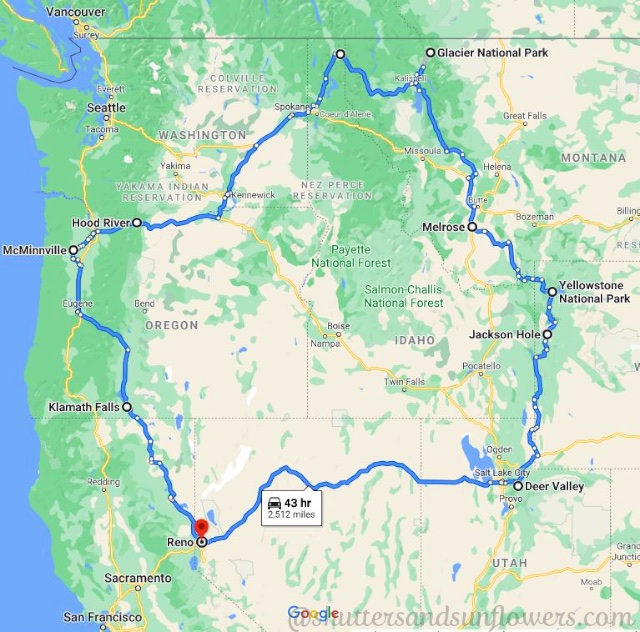


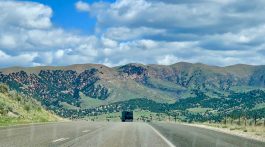
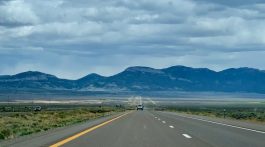
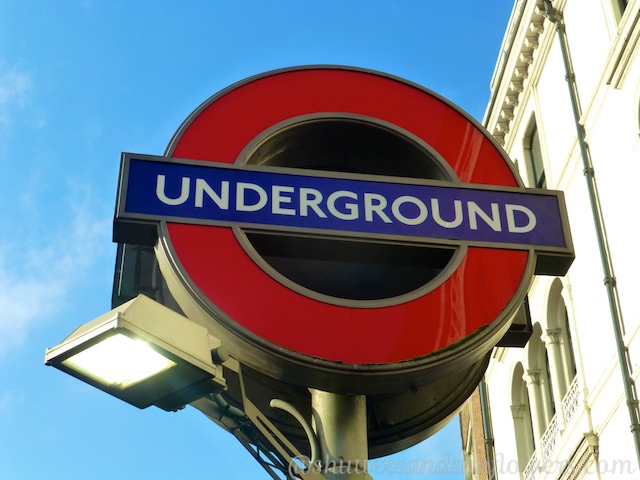
Enjoyed your photos and descriptions! Certainly sounds like you had great fun!
Yes, it was incredible, as I said ‘America the beautiful’, thanks for your continued support!
Caroline, great job!!
Thank you for being part of our wonderful, memorable trip and helping to make it special xxx